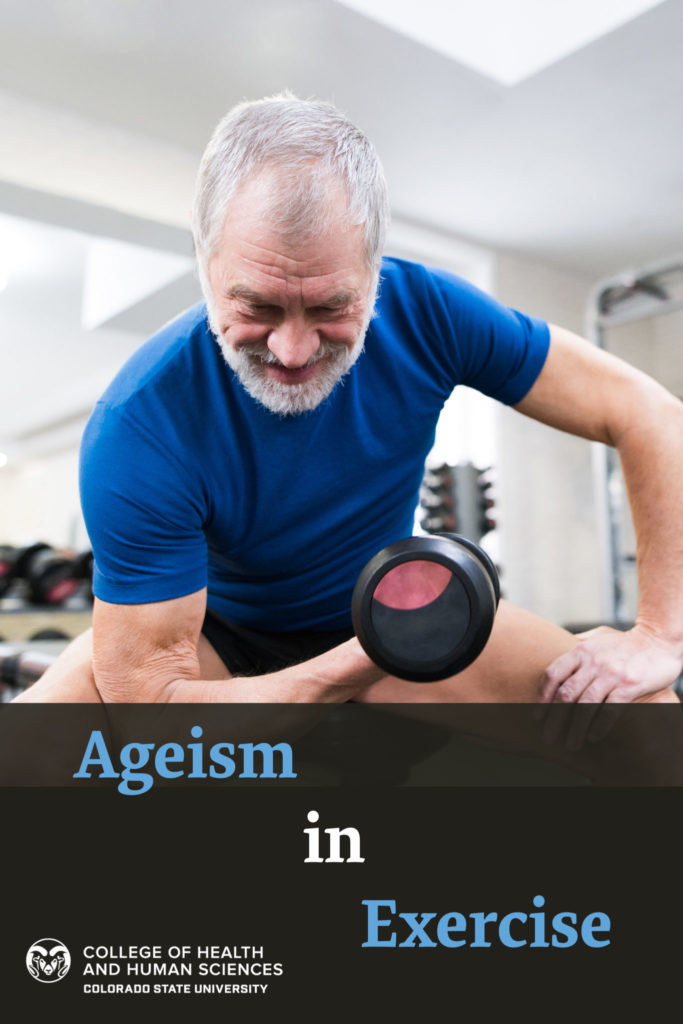 Ageism has been defined by the European Journal of Ageing as stereotypes, prejudice, or discrimination against (but also in favor of) people because of their chronological age (Ayalon, 2017). Ageism can occur by, and to, a person of any age, however most research looks at ageism as applied to older adults. The consequences and application of ageist practice can impact many of the dimensions of wellness like cognitive, social, physical, and emotional well-being. Ageism tends to reinforce other social inequities in that it is applied against older women and those of a lower socioeconomic status more (Barnett, 2005).
Ageism has been defined by the European Journal of Ageing as stereotypes, prejudice, or discrimination against (but also in favor of) people because of their chronological age (Ayalon, 2017). Ageism can occur by, and to, a person of any age, however most research looks at ageism as applied to older adults. The consequences and application of ageist practice can impact many of the dimensions of wellness like cognitive, social, physical, and emotional well-being. Ageism tends to reinforce other social inequities in that it is applied against older women and those of a lower socioeconomic status more (Barnett, 2005).
Here are a few ways to think about how you may be contributing to the negative impacts of ageism in relation to health, and ways to reframe your thinking.
Allowing chronological age to influence your impression of physical status
If all you know about someone is their age and that determines which exercises you think they’re capable of, you’re falling into the traps of ageism. There are 80-year-old body builders, 90-year-old gymnasts, and 70-year-old trail runners. Age is almost never an indicator to physical status or health (at least, not the full picture). Instead of making assumptions on age, ask more questions to learn more about the individual. Do they have joint pain, limited ranges of motion, or are they more active than you are? The choice of pictures in advertising to active agers often portray older adults exercising seated in a chair or in the water. While these are great forms of exercise, it’s important to not assume that those forms of exercise are all every older individual can do and wants to do.
Your word choice
Although there is some debate on the best, or exact, term that every person would agree to use, there are terms that are falling out of fashion and don’t capture the highly diverse group of people on the plant over the age of 65. Terms to consider removing from your everyday language are senior and elders. Try replacing with older adults and active agers. Seniors or elders can imply a more homogeneous mixture of people and it takes away the language of “adult” that, somehow, we think someone at 70 is less adult than someone at 40? It’s important to consider under any of the “isms” umbrella to talk to the people in your life who may fit into the category and see how they want to be addressed and thought of.
Your own thoughts about your age
While ageism may often be placed on others, our own thoughts about our own age or aging can affect our self-perception. Those that have negative views one aging are shown to live 7.5 years less than those with positive self-perception (Levy, 2002). Those with more positive self-perception reported higher functioning with physical tasks.
We all have inherent biases about age, but the fact of the matter is we’re all aging. There is great opportunity to work with the quickly growing aging population of the U.S. to impact physical health and over all quality of life.
Kimberly Burke is the director of the Adult Fitness Program at Colorado State University, an outreach program through the Department of Health and Exercise Science. Adult Fitness offers exercise opportunities for employees of CSU as well as community members, while providing hands-on learning experiences for health promotion students. To learn more see the Adult Fitness website.
Citations:
- Ayalon, L., & Tesch-Römer, C. (2017). Taking a closer look at ageism: self- and other-directed ageist attitudes and discrimination. European journal of ageing, 14(1), 1–4. https://doi.org/10.1007/s10433-016-0409-9
- Barnett RC. Ageism and sexism in the workplace. Generations. 2005;29(3):25–30.
- Levy BR, Slade MD, Kunkel SR, Kasl SV. Longevity increased by positive self-perceptions of aging. J Pers Soc Psychol. 2002 Aug;83(2):261-70. doi: 10.1037//0022-3514.83.2.261. PMID: 12150226.